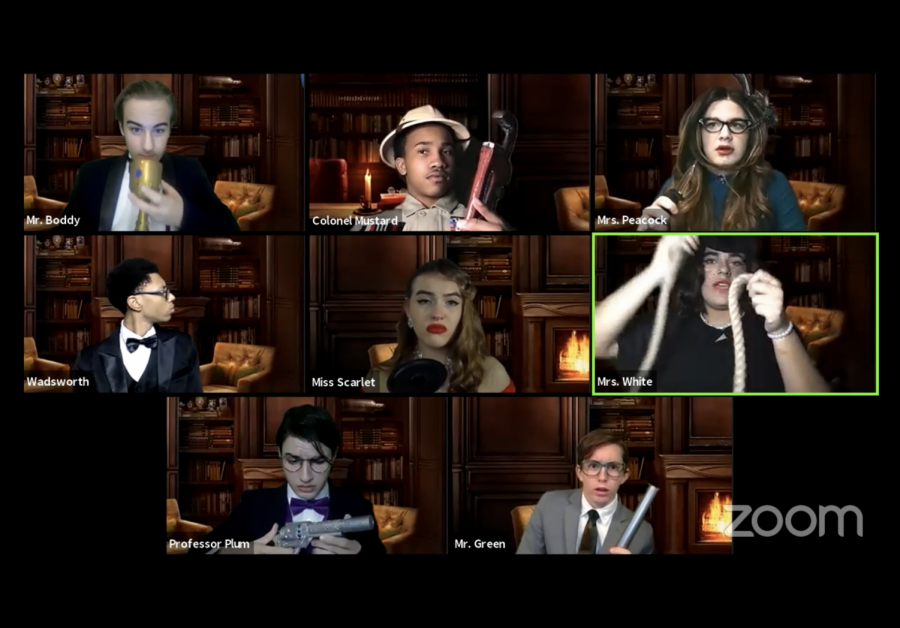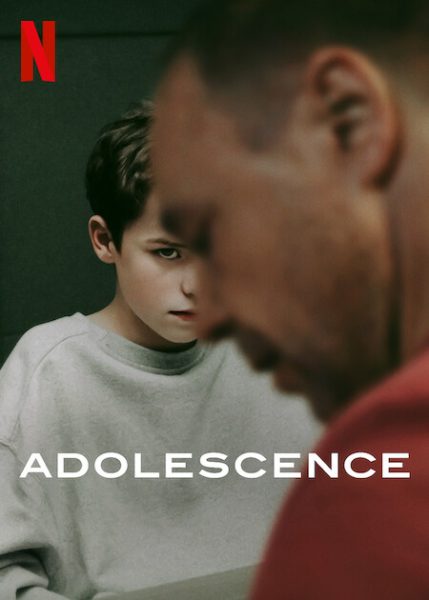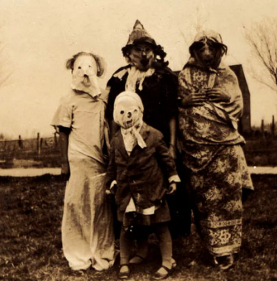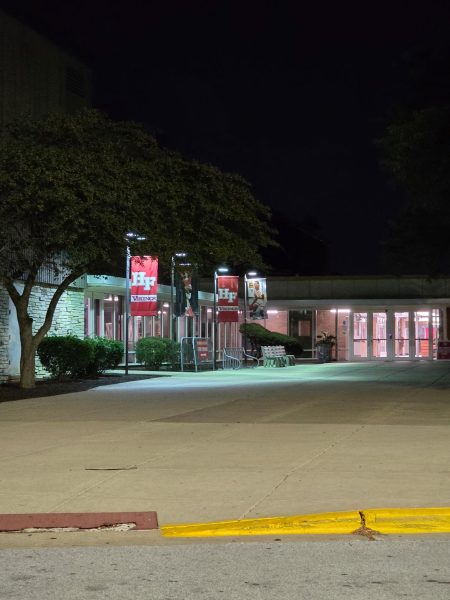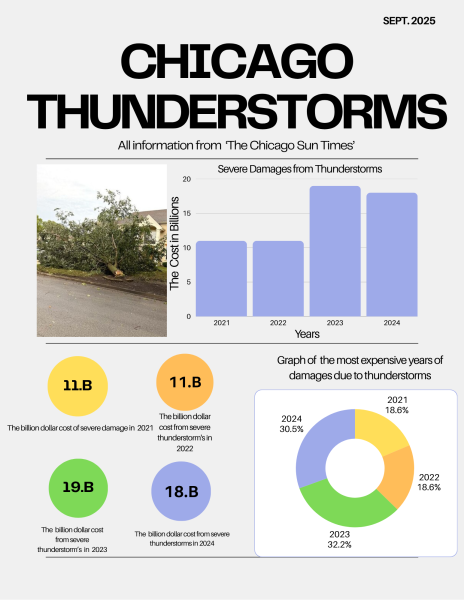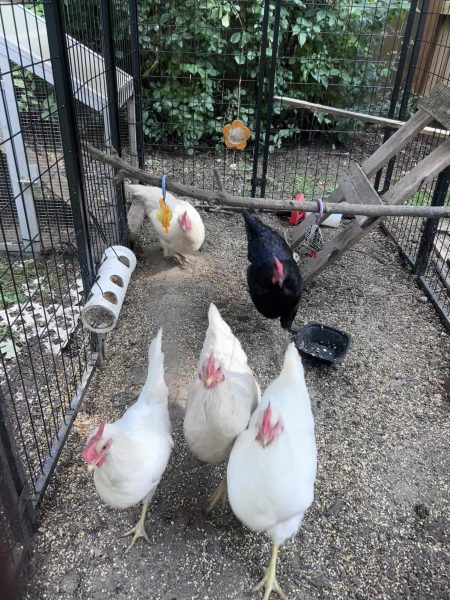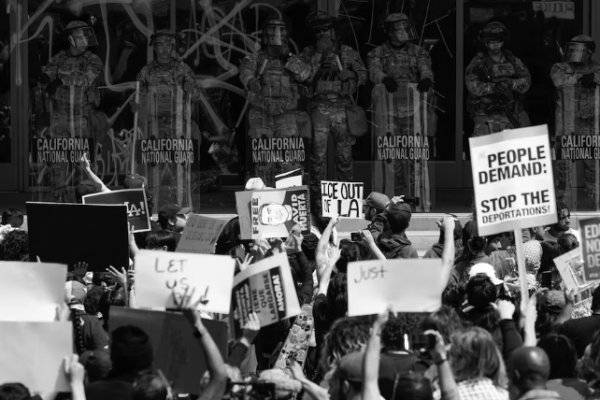The Show Must Go On
H-F Theatre’s virtual production of “Clue” was an artistic and technological genius filled with vivid chemistry
Screenshot by Rachel Kucharski
Each main cast member with their designated murder weapons
Chemistry. It is what every performance needs. If a theatrical performance is lacking it, everything falls apart. Chemistry is what eliminates potentially awkward pauses in a production because it fills that silence with energy and excitement that keeps an audience engaged, and the H-F production of “Clue” did not disappoint.
The production “Clue,” though in a virtual setting, did the unexpected. It was filled with this much desired chemistry. There was obvious chemistry between the main cast, as was seen from the delightful banter in the dialogue, but it was the behind-the-scenes work that really made this production shine.
“Clue,” opened with a group of modern day teenagers at a game night deciding which board game to play. When someone brings up Clue, two girls in the group begin a story in which the concept of the game Clue really happened. The girls then turned into the narrators of the play, which was helpful in keeping fluidity in the plot line.
Both the opening and closing scenes that took place in modern-day were additions to the original script. The two performers playing Narrator 1 and 2 (Natalie Elfner and Kaitlyn Bolton) felt that, though the writers of the script added the narrators into the show in order to help make the production a stay-at-home version, the narrators were just thrown into the setting out of place. Rather than keeping the script as is, the two students decided to write two new scenes themselves, giving a more understandable background for their characters.
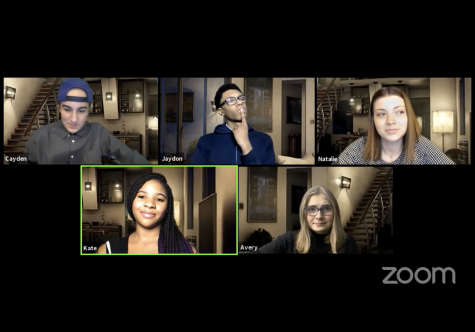
“It was so fun and spontaneous to write the scene…because Kaitlyn and I did not ask Mr. Rose (the director) if we could write a scene, we just did,” Elfner said. “Although we didn’t know each other too well before the show, Kaitlyn and I really clicked [while writing the scene] and she had so many great ideas and input.”
The two girls writing the scene added another layer of chemistry to the production, as all of the students in the scenes were proudly acting out the work of their castmates. The scene writing process for Elfner and Bolton bonded the two together which paid off during their performances.
The plot of “Clue” evolves as each of the main characters arrive as guests to a mysterious dinner party. What follows is filled with the classic “Whodunnit” murder mystery excitement.
The main cast: Jaydon Brown (Wadsworth the butler); Sullivan Matthys (Mr. Green); Michelle Ryan (Mrs. Peacock); Emmet Conaway (Professor Plum); Ronald Gerring (Colonel Mustard); Grace Opyd (Miss Scarlet) and Marissa Diaz (Mrs. White) had amazing chemistry with one another making the overall performance very memorable.
I could tell that each individual actor really understood who they wanted their character to be and how their character would respond to any circumstance. Whenever there was a minor technology glitch, though there were very few as the production was almost seamless, each actor was able to adlib with a facial expression, a small motion or a few quick lines that made sense for their character at that point in the plot.

“A big thing in theatre is trust and you never know what could happen especially with trying a whole new platform, so trust definitely played a huge role in our chemistry,” Opyd said. “When the process began of becoming my character I really just explored the ‘life of Miss Scarlet’ and really stepped out of my comfort zone to portray this new character.”
Another aspect that made this production so lovely were the amazing costumes and virtual sets. Each costume brought the characters we all know from the board game “Clue” to life, I knew exactly which character was which the minute they appeared on my screen. The set design was also incredible, especially considering the circumstances of the virtual setting.
“Mr. Tholl and our crew worked magic to find images for the show and then edit them into pieces so it looked like all the characters were in the same room without them all having the exact same visual picture,” said director J-R Willard-Rose.
I know from watching plays throughout the years that with any amazing cast, there is an amazing crew. The people involved in the technology logistics throughout the show did a phenomenal job at making any technological hiccup seem unnoticeable. There was never a second of glitching that interfered with the performance which was very impressive and professional.
“This was a truly collaborative effort. In addition to acting, the cast had to change all their own backgrounds,” said Willard-Rose. “The cast were given webcams and green screens they had to install themselves and we spent many hours over tech week getting it all right.”
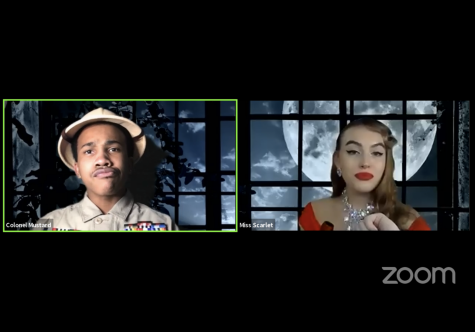
For both the actors and the tech crew, performing virtually was a very new experience, as this was only the second virtual play for H-F, following the production of “Mixed up Mashed Up Fairytale” back in the fall. It was amazing to see an entire ensemble of people working together, yet all in completely different places. All of this work that it took to balance eachother out leads back to the amazing chemistry of this ensemble.
“It’s really great to know we have such a strong connection in H-F Theatre and that we are able to carry that connection through absolutely anything the world throws at us,” said Opyd.
The plot of the play was very entertaining and it was helpful to have narrators breaking down each scene, plus the bonus of a student-written scene was quite impressive. The main cast all had standout performances and had the support of the tech crew in case anything went wrong. The set design was a very clever use of technology and the amazing costumes were the icing on the cake to bring this story to life
If watching H-F’s production of “Clue” taught me anything, it is that setbacks or struggles cannot define us. Going into every process with an open mind can lead to surprisingly fantastic results. A job well done.

